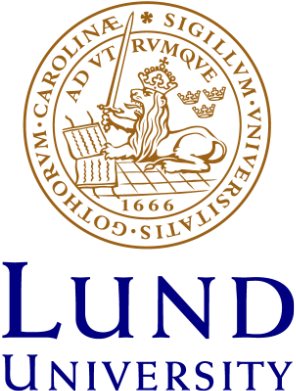Structural study of the disordered RECd6 quasicrystal approximants (RE = Tb, Ho, Er, Tm and Lu)
The crystal structures of approximants RECd6 (RE = Tb, Ho, Er, Tm and Lu) have been refined from single crystal X-ray diffraction data. This work is a continuation of a previous study of MCdg approximants [1] in which the different types of disorder of the central Cd4 tetrahedra located in the dodecahedral cavities were examined. The structures of the title compounds are all similar to GdCd6 and d
